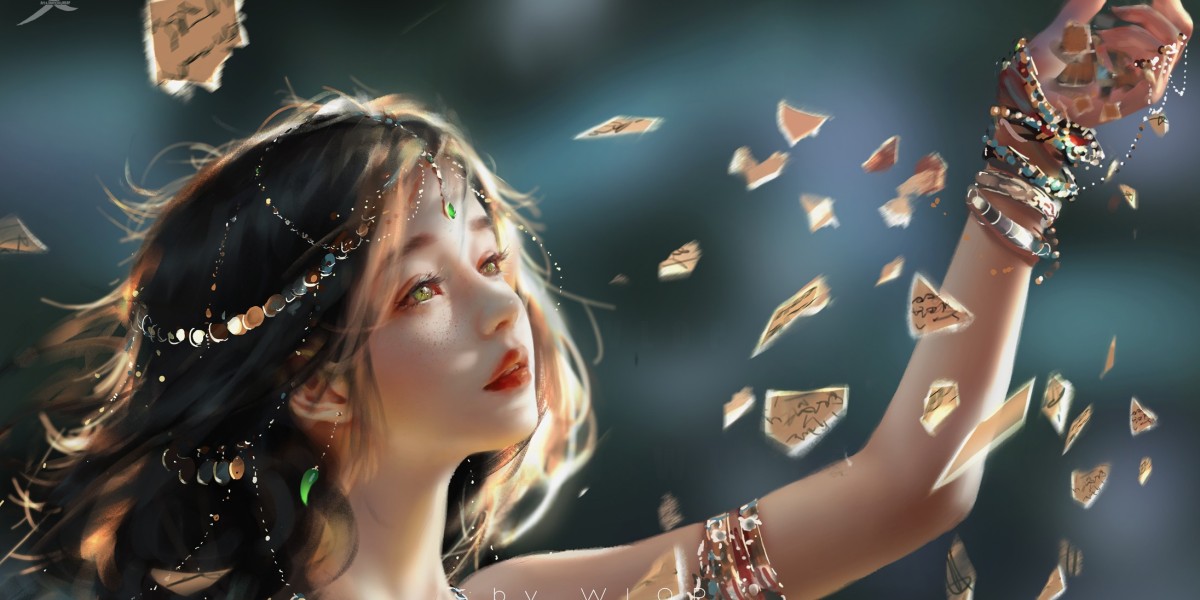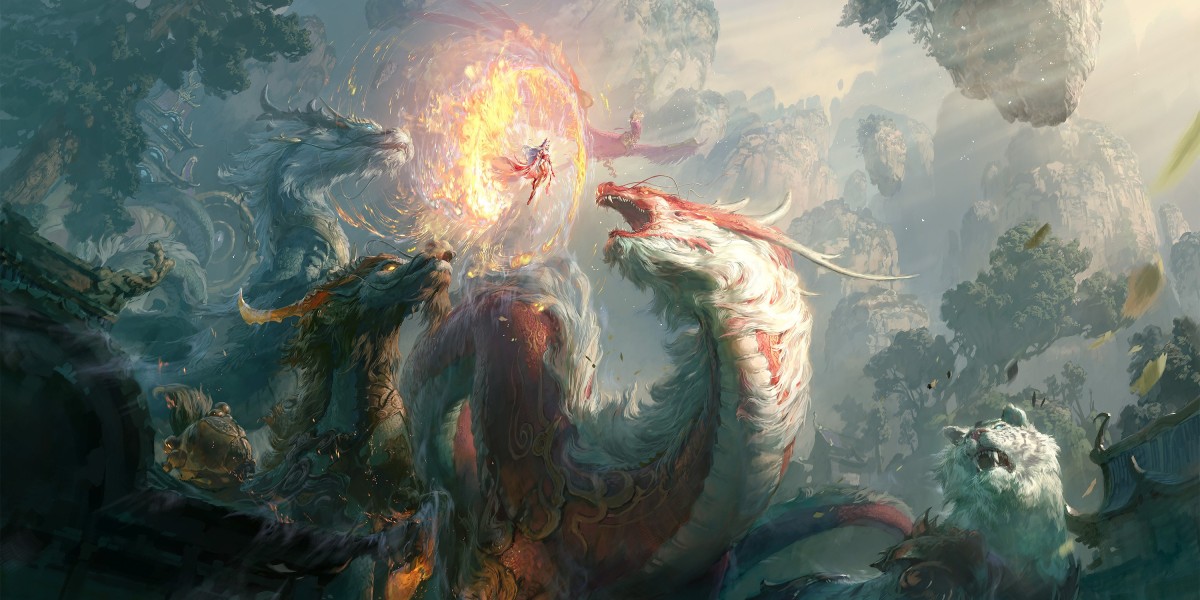Throughout history, artist figures have played a pivotal role in shaping cultural narratives and artistic expressions. From the meticulous craftsmanship of Renaissance masters to the bold innovations of contemporary creators, the evolution of these figures reflects broader societal changes and artistic movements. This article delves into the significance of artist figures across different eras, examining their impact on art and culture.
The Renaissance: Birth of the Artist Figure
The Renaissance marked a transformative period in art history, where the concept of the artist figure began to emerge as a distinct identity. Artists like Leonardo da Vinci and Michelangelo not only created masterpieces but also became cultural icons. Their works, characterized by realism and human emotion, set a new standard for artistic excellence.
- Leonardo da Vinci: Known for his scientific approach to art, he blended observation with creativity.
- Michelangelo: His sculptures and paintings, such as the Sistine Chapel, showcased the human form's beauty and complexity.
How did these artists influence the perception of artist figures? They elevated the status of artists from mere craftsmen to revered intellectuals, paving the way for future generations.
Baroque to Romanticism: The Evolution Continues
As we moved into the Baroque and Romantic periods, the artist figure evolved further. Artists began to explore emotional depth and dramatic expression. Figures like Rembrandt and Delacroix pushed boundaries, using light and color to evoke feelings.
- Rembrandt: His mastery of chiaroscuro brought a new dimension to portraiture.
- Delacroix: A pioneer of Romanticism, he emphasized passion and individualism in his works.
In this context, the artist figure became a symbol of personal expression and societal commentary. Artists started to reflect their inner worlds and the tumultuous times they lived in.
Modernism and the Rise of the Avant-Garde
The 20th century ushered in Modernism, where the artist figure took on new forms. Movements such as Cubism, Surrealism, and Abstract Expressionism challenged traditional notions of art. Artists like Picasso and Pollock redefined creativity, emphasizing the process over the final product.
What does this shift mean for the artist figure? It signifies a departure from representational art, allowing artists to explore new mediums and concepts. The artist became a visionary, often at odds with societal norms.
Contemporary Icons: The Artist Figure Today
In contemporary times, the artist figure continues to evolve. Artists like Yayoi Kusama and Banksy utilize their platforms to address social issues and engage with audiences in innovative ways. The rise of digital art and social media has further transformed how artist figures connect with the public.
As we reflect on the journey of artist figures, it is clear that they are not just creators but also cultural commentators. Their works challenge us to think critically about our world and inspire future generations of artists.
For those interested in exploring the intricate world of artist figures and their impact, consider visiting  for more insights.
for more insights.



